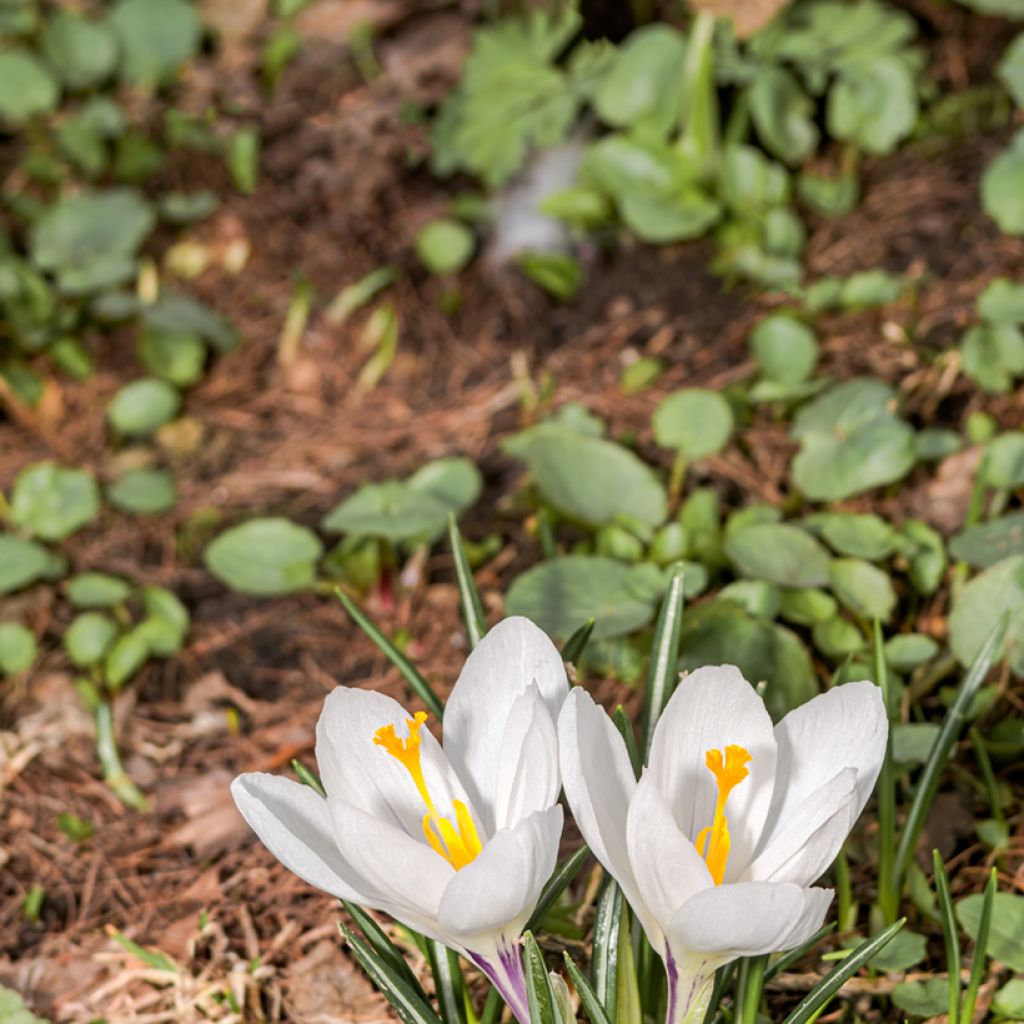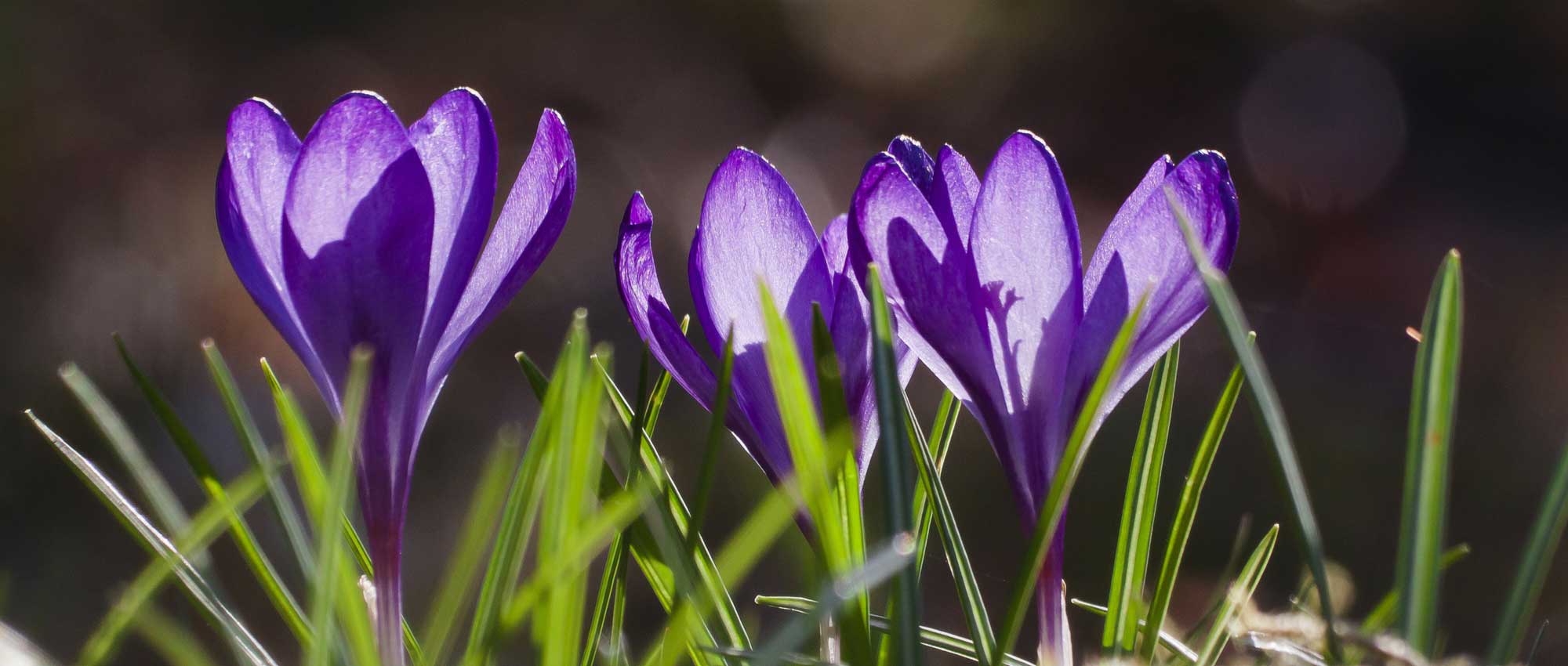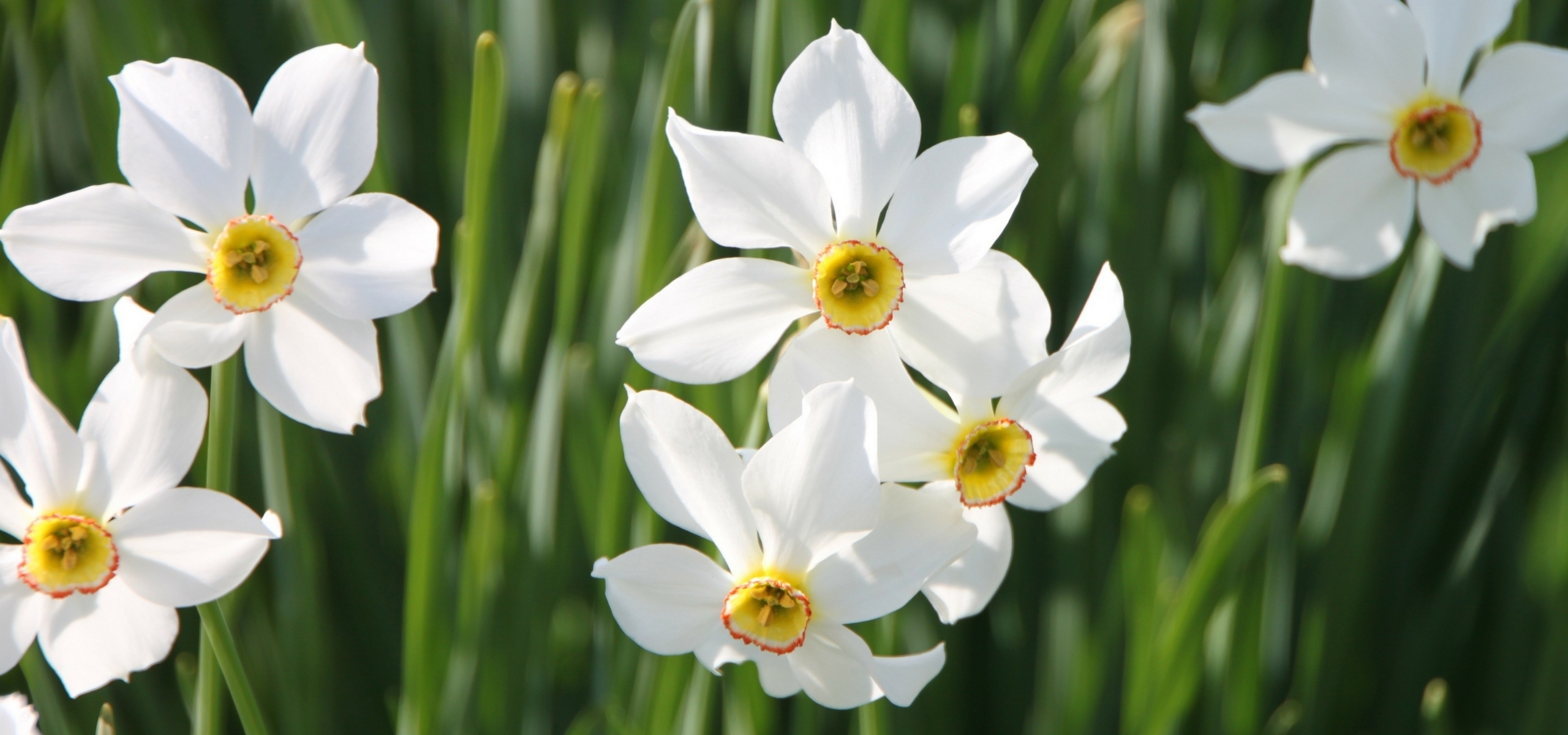

Crocus vernus subsp. albiflorus White - Spring crocus


Crocus vernus subsp. albiflorus White - Spring crocus


Crocus vernus subsp. albiflorus White - Spring crocus


Crocus vernus subsp. albiflorus White - Spring crocus


Crocus vernus subsp. albiflorus White - Spring crocus
Crocus vernus subsp. albiflorus White - Spring crocus
Crocus vernus subsp. albiflorus White
Spring crocus, Dutch crocus
Special offer!
Receive a €20 voucher for any order over €90 (excluding delivery costs, credit notes, and plastic-free options)!
1- Add your favorite plants to your cart.
2- Once you have reached €90, confirm your order (you can even choose the delivery date!).
3- As soon as your order is shipped, you will receive an email containing your voucher code, valid for 3 months (90 days).
Your voucher is unique and can only be used once, for any order with a minimum value of €20, excluding delivery costs.
Can be combined with other current offers, non-divisible and non-refundable.
This plant carries a 6 months recovery warranty
More information
We guarantee the quality of our plants for a full growing cycle, and will replace at our expense any plant that fails to recover under normal climatic and planting conditions.

Would this plant suit my garden?
Set up your Plantfit profile →
Description
The Crocus vernus subsp. albiflorus 'White' is a very rare white form of spring crocus. It is a small bulbous plant with early spring flowering that brightens up the garden as soon as the first beautiful days arrive. Its small white cup-shaped flowers are enhanced by yellow styles. Hardy, prolific, and long-lasting, this crocus quickly naturalizes in the short grass meadow and rock garden.
Crocus vernus, the spring crocus, is a perennial plant with a corm from the Iridaceae family. Its subspecies albiflorus grows in meadows in central and Western Europe, often on moderately dry soils, at high altitudes. This white-flowered form forms a small clump of dark green linear leaves with a white-silver median. This foliage emerges from the ground at the same time or just after the flowering, which takes place in March-April, for 2 to 3 weeks. These are solitary flowers that rise 10-12 cm above the ground. They close at night and in bad weather to open wide in the sun, revealing yellow stamens. The foliage disappears in late spring or early summer. The bulb then goes into dormancy until the following spring.
Spring crocuses are the first smiles of spring. The Crocus vernus subsp. albiflorus 'White' is a collector's variety that is as easy to grow as the 'Mammoth' varieties. Its flowering follows that of the Crocus chrysanthus 'Zenith' with which it can be mixed, for example. When planted in large groups, it forms a white constellation in lawns, along pathways, and between rocks in rock gardens. It also grows very well in pots or containers, to brighten up balconies. Crocuses prefer to stay in place where they easily spread and expand year after year. It is important not to remove the leaves before they have withered, as they are how the bulb replenishes its reserves after flowering. There are also autumn crocuses, such as saffron or colchicums, which are equally charming.
Plant habit
Flowering
Foliage
Botanical data
Crocus
vernus subsp. albiflorus
White
Iridaceae
Spring crocus, Dutch crocus
Western Europe
Other Spring Crocus
View all →Planting and care
The Crocus vernus subsp. albiflorus White is easy to cultivate. Preferably place it in full sun. You can also put it in partial shade (some shade in the afternoon). Plant the bulbs from September to December, frost-free, in any light, moist, but well-drained soil. The crocus vernus is a plant that tolerates summer drought quite well, during which the bulb rests underground. The bulbs should be placed with the tip facing upwards, at a depth of 5 cm and with 5 cm spacing, or in groups of three every 15-20 cm. In a pot or planter, plant the bulbs close together. After planting, do not touch the bulbs any more. Once the flowering is finished, cut off the faded flowers and leave the bulbs in the ground, they will form increasingly floriferous clumps. Do not cut the foliage before it turns yellow. If you want to remove the bulbs, wait until the foliage has dried.
Planting period
Intended location
Care
Planting & care advice
This item has not been reviewed yet - be the first to leave a review about it.
Haven't found what you were looking for?
Hardiness is the lowest winter temperature a plant can endure without suffering serious damage or even dying. However, hardiness is affected by location (a sheltered area, such as a patio), protection (winter cover) and soil type (hardiness is improved by well-drained soil).

Photo Sharing Terms & Conditions
In order to encourage gardeners to interact and share their experiences, Promesse de fleurs offers various media enabling content to be uploaded onto its Site - in particular via the ‘Photo sharing’ module.
The User agrees to refrain from:
- Posting any content that is illegal, prejudicial, insulting, racist, inciteful to hatred, revisionist, contrary to public decency, that infringes on privacy or on the privacy rights of third parties, in particular the publicity rights of persons and goods, intellectual property rights, or the right to privacy.
- Submitting content on behalf of a third party;
- Impersonate the identity of a third party and/or publish any personal information about a third party;
In general, the User undertakes to refrain from any unethical behaviour.
All Content (in particular text, comments, files, images, photos, videos, creative works, etc.), which may be subject to property or intellectual property rights, image or other private rights, shall remain the property of the User, subject to the limited rights granted by the terms of the licence granted by Promesse de fleurs as stated below. Users are at liberty to publish or not to publish such Content on the Site, notably via the ‘Photo Sharing’ facility, and accept that this Content shall be made public and freely accessible, notably on the Internet.
Users further acknowledge, undertake to have ,and guarantee that they hold all necessary rights and permissions to publish such material on the Site, in particular with regard to the legislation in force pertaining to any privacy, property, intellectual property, image, or contractual rights, or rights of any other nature. By publishing such Content on the Site, Users acknowledge accepting full liability as publishers of the Content within the meaning of the law, and grant Promesse de fleurs, free of charge, an inclusive, worldwide licence for the said Content for the entire duration of its publication, including all reproduction, representation, up/downloading, displaying, performing, transmission, and storage rights.
Users also grant permission for their name to be linked to the Content and accept that this link may not always be made available.
By engaging in posting material, Users consent to their Content becoming automatically accessible on the Internet, in particular on other sites and/or blogs and/or web pages of the Promesse de fleurs site, including in particular social pages and the Promesse de fleurs catalogue.
Users may secure the removal of entrusted content free of charge by issuing a simple request via our contact form.
The flowering period indicated on our website applies to countries and regions located in USDA zone 8 (France, the United Kingdom, Ireland, the Netherlands, etc.)
It will vary according to where you live:
- In zones 9 to 10 (Italy, Spain, Greece, etc.), flowering will occur about 2 to 4 weeks earlier.
- In zones 6 to 7 (Germany, Poland, Slovenia, and lower mountainous regions), flowering will be delayed by 2 to 3 weeks.
- In zone 5 (Central Europe, Scandinavia), blooming will be delayed by 3 to 5 weeks.
In temperate climates, pruning of spring-flowering shrubs (forsythia, spireas, etc.) should be done just after flowering.
Pruning of summer-flowering shrubs (Indian Lilac, Perovskia, etc.) can be done in winter or spring.
In cold regions as well as with frost-sensitive plants, avoid pruning too early when severe frosts may still occur.
The planting period indicated on our website applies to countries and regions located in USDA zone 8 (France, United Kingdom, Ireland, Netherlands).
It will vary according to where you live:
- In Mediterranean zones (Marseille, Madrid, Milan, etc.), autumn and winter are the best planting periods.
- In continental zones (Strasbourg, Munich, Vienna, etc.), delay planting by 2 to 3 weeks in spring and bring it forward by 2 to 4 weeks in autumn.
- In mountainous regions (the Alps, Pyrenees, Carpathians, etc.), it is best to plant in late spring (May-June) or late summer (August-September).
The harvesting period indicated on our website applies to countries and regions in USDA zone 8 (France, England, Ireland, the Netherlands).
In colder areas (Scandinavia, Poland, Austria...) fruit and vegetable harvests are likely to be delayed by 3-4 weeks.
In warmer areas (Italy, Spain, Greece, etc.), harvesting will probably take place earlier, depending on weather conditions.
The sowing periods indicated on our website apply to countries and regions within USDA Zone 8 (France, UK, Ireland, Netherlands).
In colder areas (Scandinavia, Poland, Austria...), delay any outdoor sowing by 3-4 weeks, or sow under glass.
In warmer climes (Italy, Spain, Greece, etc.), bring outdoor sowing forward by a few weeks.










































